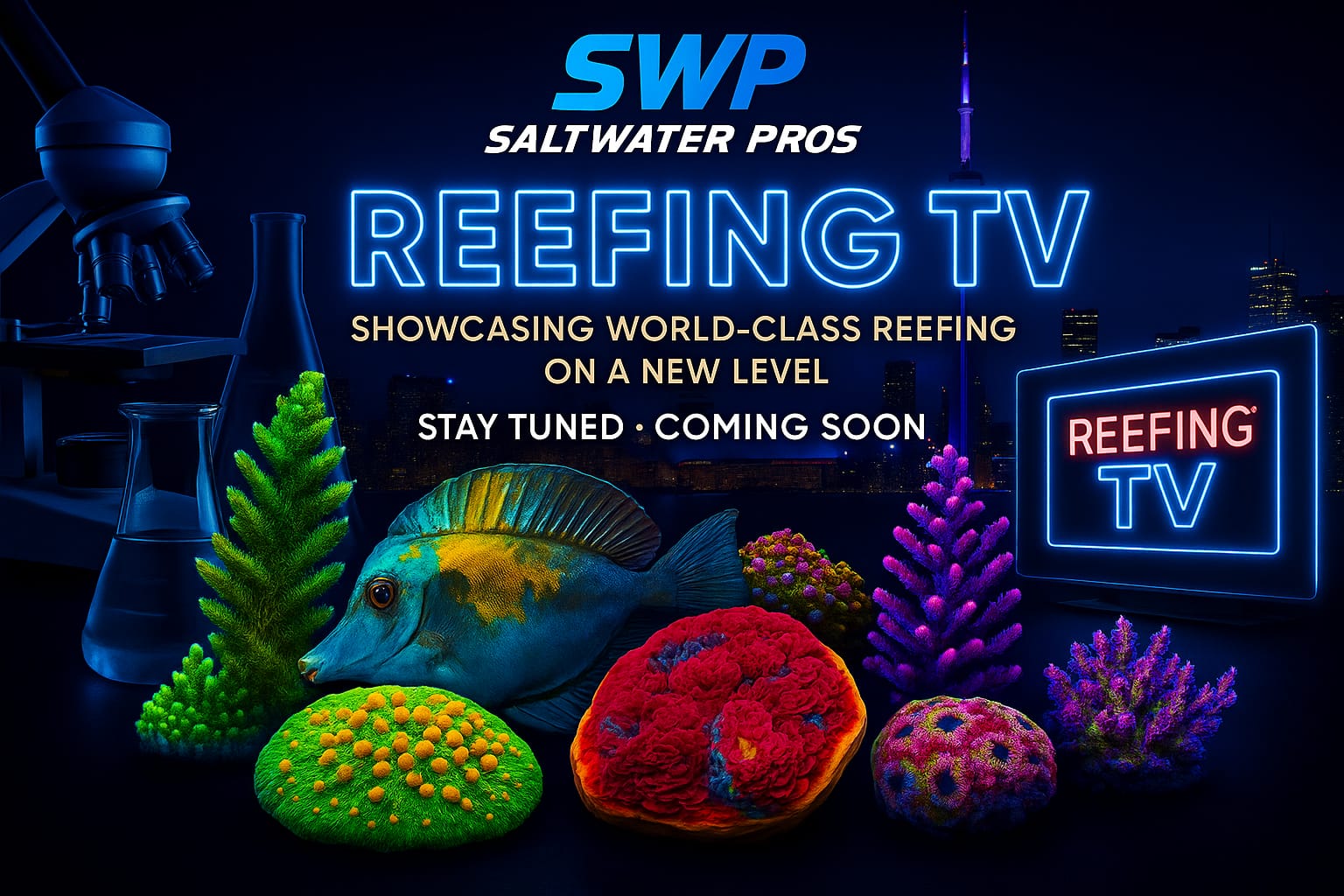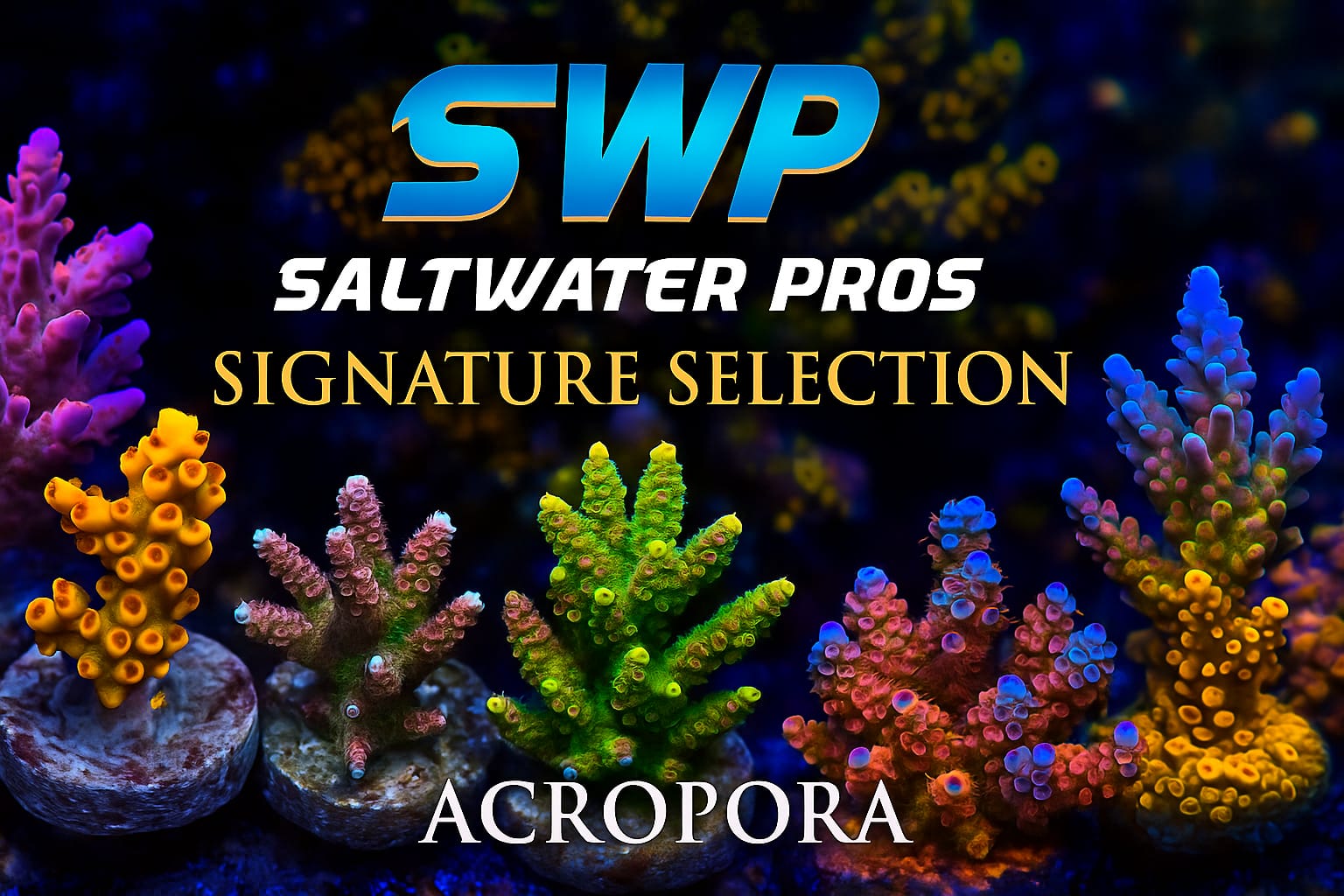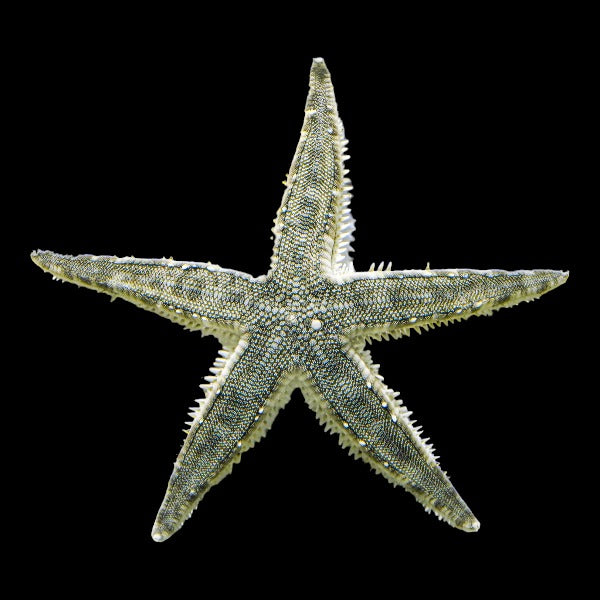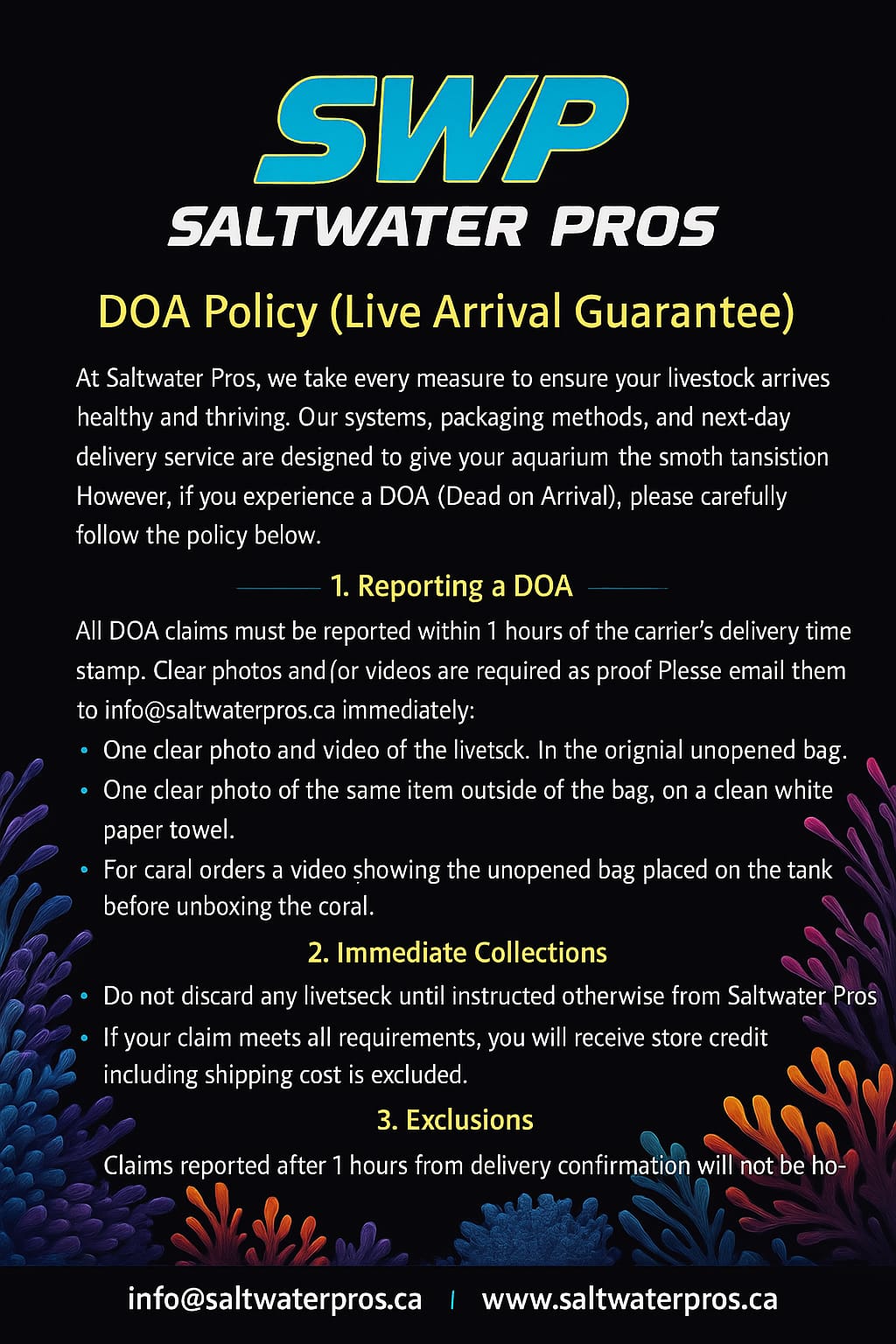Description
Sand Sifting Starfish, often referred to as Sand Sifter Starfish, are marine invertebrates known for their ability to help maintain and aerate the sand substrate in marine aquariums. These starfish belong to the family Astropectinidae, and they are appreciated for their role in keeping the substrate clean and preventing the buildup of detritus and waste.
Here are some key characteristics and information about Sand Sifting Starfish:
Appearance: Sand Sifting Starfish have a flat, pentagonal body with numerous long, slender, and branching arms. They are typically covered in spines and can come in various colors, including shades of brown, gray, or red.
Habitat: In the wild, these starfish are found in tropical and subtropical marine environments, particularly in areas with sandy substrates. They often bury themselves in the sand, with only their arms extending above the surface.
Behavior: As their name suggests, Sand Sifting Starfish are excellent at sifting through the sand, using their long, flexible arms to dig and turn over the substrate in search of small food particles, detritus, and buried prey.
Diet: These starfish are omnivorous and feed on a variety of small organisms, including detritus, microorganisms, and algae, that they encounter while sifting through the sand. They help maintain a clean and well-aerated substrate.
Care: Sand Sifting Starfish require a suitable sand substrate in their aquarium to sift through. They are generally easy to care for but should be provided with proper water quality and a stable environment.
Compatibility: These starfish are generally peaceful and can coexist with various marine species in a saltwater aquarium. However, they are not suitable for reef tanks with delicate, small, or sessile invertebrates that may be disturbed during their sifting activities.
Sand Sifting Starfish are popular choices for marine aquariums, particularly those with deep sand beds. Their substrate-aerating behavior helps maintain water quality by preventing the formation of anaerobic "dead spots" and improving overall sand bed health. Proper care and a suitable sand bed are essential for their well-being in captivity.
Here are some key characteristics and information about Sand Sifting Starfish:
Appearance: Sand Sifting Starfish have a flat, pentagonal body with numerous long, slender, and branching arms. They are typically covered in spines and can come in various colors, including shades of brown, gray, or red.
Habitat: In the wild, these starfish are found in tropical and subtropical marine environments, particularly in areas with sandy substrates. They often bury themselves in the sand, with only their arms extending above the surface.
Behavior: As their name suggests, Sand Sifting Starfish are excellent at sifting through the sand, using their long, flexible arms to dig and turn over the substrate in search of small food particles, detritus, and buried prey.
Diet: These starfish are omnivorous and feed on a variety of small organisms, including detritus, microorganisms, and algae, that they encounter while sifting through the sand. They help maintain a clean and well-aerated substrate.
Care: Sand Sifting Starfish require a suitable sand substrate in their aquarium to sift through. They are generally easy to care for but should be provided with proper water quality and a stable environment.
Compatibility: These starfish are generally peaceful and can coexist with various marine species in a saltwater aquarium. However, they are not suitable for reef tanks with delicate, small, or sessile invertebrates that may be disturbed during their sifting activities.
Sand Sifting Starfish are popular choices for marine aquariums, particularly those with deep sand beds. Their substrate-aerating behavior helps maintain water quality by preventing the formation of anaerobic "dead spots" and improving overall sand bed health. Proper care and a suitable sand bed are essential for their well-being in captivity.
- Care level: Easy
- Temperament: Peaceful
- Diet: Omnivore
- Reef Compatible: Yes
- Family: Astropectinidae










